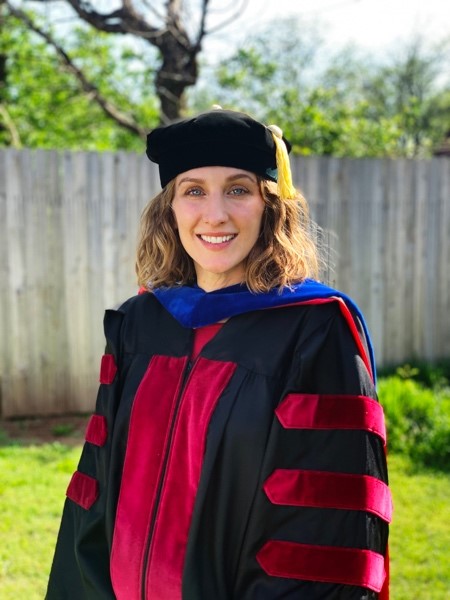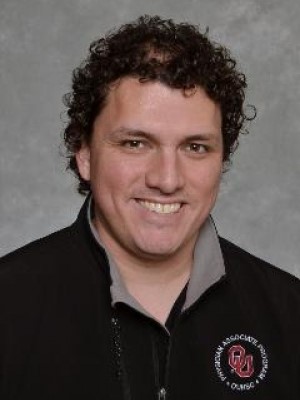Update on Current and Past ILAC Doctoral Students:
Amy Thiessen, PT, MEd, PhD.
Received her PhD in Medical Education in May 2018
Dissertation: Relationship of Help-Seeking Behaviors and Academic Performance in First Year Physician Assistant and Dental Students
Current Position: Clinical Associate Professor, Oklahoma City University PA Program
Mary B. Moon, BS, ABD
Successfully Defended her PhD in Medical Education, April 2020
Dissertation: Emergency Critical Skills Training for Pre-Clinical Physician Associate Students: A Mixed Methods Comparison of Training Methods
Current Status: Assistant Professor of Cell Biology, University of Oklahoma College of Medicine as of May 2020

Shelley Hunter, BS, MS
2020: Scheduled to take Comprehensive Exams for Doctoral Candidacy in the ILAC PhD Program in Medical Education
Proposed Dissertation Project: Effectiveness of Integrated Embryology Cases in a Physician Assistant/Dental Clinical Anatomy Course
Current Position: Adjunct Professor, Anatomy & Physiology I, Department of Chemical & Biological Sciences, Oklahoma City Community College
Jose Medina, BS, MHS, PA-C
2020: Completing his 3rd year in the ILAC PhD Program in Medical Education
Proposed Dissertation Project: Emotional Quotient (EQ) in Relation to Traditional College of Medicine Student Performance in Human Structure.
Current Positions: Medical Staff - OU Physicians Health and Wellness Clinic; Medical Staff - OU Physicians Employee, Student and Express Care Clinic; and Medical Staff - Mercy Emergency Department, Oklahoma City

Bobby Bosse, BS, MHS, PA-C
2020: Completing his 2nd year in the ILAC PhD Program in Medical Education
Current Position: Director of Clinical Education, Assistant Professor, Tulsa/OU-TU School of Community Medicine/ Physician Assistant Program

Mark Perdue, BS, MHS, PA-C
2020: Completing his 2nd year in the ILAC PhD Program in Medical Education
Current Position: Director of Academic Education, Clinical Assistant Professor, Tulsa/OU-TU School of Community Medicine/ Physician Assistant Program
